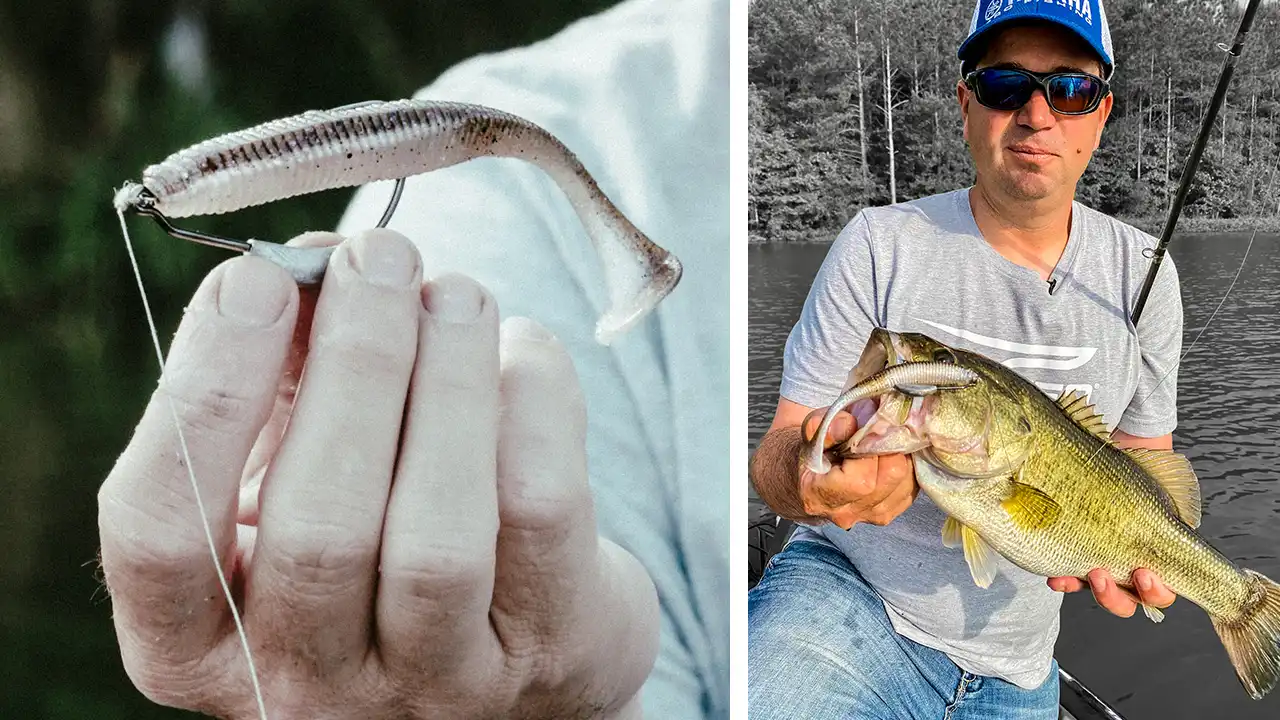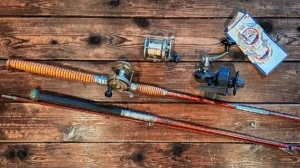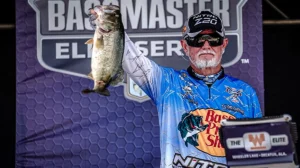There is a myriad of ways to rig paddle tail swimbaits for bass. Belly-weighted swimbaits have become a go-to shallow water lure, and due to their weedless nature, they excel around cover like grass and wood. Pro bass angler Cliff Pace uses them in many of the same situations as swim jigs, bladed jigs, and spinnerbaits. He details when and how to fish belly-weighted swimbaits, how to rig swimbaits with weighted screw lock hooks, and his go-to rod setup.
FEATURED PRODUCT (retail links)
- SWIMBAIT – Jackall Rhythm Wave, 4.8-inch, color – Goby, Buy at Omnia Fishing Buy at Tackle Warehouse
- SWIMBAIT HOOKS, 6/0 – Buy at Omnia Fishing Buy at Tackle Warehouse
- ROD – TFO Resolve Casting Rod 7’3″ Med Hvy, Buy at Tackle Warehouse
- REEL – Savage Gear SG8 100 Casting Reel, 6.6:1 (unavailable at time of filming), Buy at Tackle Warehouse
- LINE (braid) – Hi-Seas Grand Slam Braid, 50-pound, Buy at Tackle Warehouse
- LINE (fluorocarbon) – Hi-Seas 100% Fluorocarbon Line, 20-pound, Buy at Tackle Warehouse
- TROLLING MOTOR – Garmin Force Trolling Motor, Buy at Tackle Warehouse
WHEN TO FISH
So what makes a belly-weighted swimbait different than other go-to moving baits? For Pace, it boils down to a subtler action and a more realistic presentation overall. When does this shine? He prefers weighted swimbaits on nice weather days, in clear water, and around cover that fowls less weedless baits (e.g., bladed jigs). A Texas-rigged belly-weighted swimbaits elegantly snakes through the thick stuff — think of them as a bladed jig with less vibration.
HOW TO FISH
As with most swimbaits, a steady retrieve typically works best. The only thing Pace focuses on is retrieval speed, with a medium speed performing best on most days. Cast the lure out, let it sink to the desired depth, then reel with a steady cadence. Keep in mind that not all swimbaits are created equally. Pace only uses models that deliver the best action, which means a head section and a tail section that moves with a seductive left and right wag.
HOW TO RIG THE BAIT
A common mistake with belly-weighted swimbaits is screwing the nose too deeply on the screw lock, which reduces freedom of movement and impedes bait action. Instead, Pace recommends leaving a small gap, say 1/16th of an inch, so the plastic doesn’t fix the screw lock to the hook – you’ll get more nose side-to-side action this way. The correct hook size is also imperative. A properly-sized hook extends close to the swimbait midsection without restricting tail action. When hooking the bait, run the hook through so it’s exposed when fishing around sparse grass or open water. Conversely, Tex-pose the hook if you’re fishing around snaggy cover like wood and heavy grass.
ROD, REEL, AND LINE
A quality 50-pound braid or 20-pound fluorocarbon gets the job done. Naturally, fluorocarbon has the plus of stealth (low visibility) in clear water. Pace ties straight braid directly to the hook, with 50-pound providing the right blend of strength yet an average diameter for maintaining an excellent bait action. Reeling belly-weighted swimbait isn’t a drag race. Pace prefers a moderate speed reel in the 6.3:1 range over fast 7.1 or 8.1 options, as he feels more efficient with the lure. A medium-heavy to heavy-power rod in the 7-foot 3-inch range allows accurate short-range casting around cover and enough length for leverage and control on a long cast.
Give this swimbait setup a try if you’re looking for an alternative to swim jigs or just getting into fishing and want a presentation that’s easy to fish and highly effective. Check out the Wired2fish Swimbait Channel for more in-depth swimbait content.












